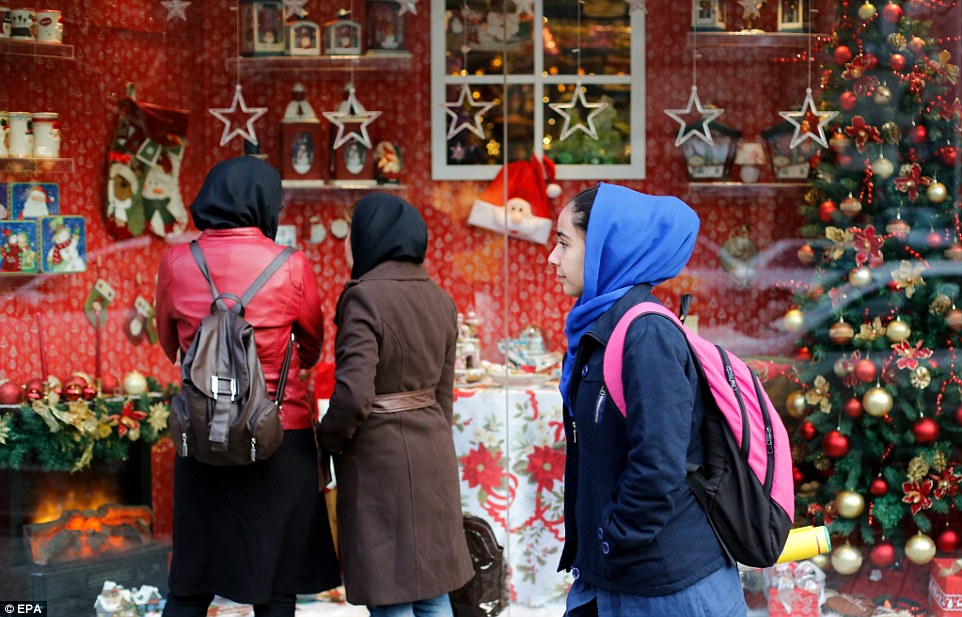The holiday season is here! Whether you celebrate Christmas or not, many people will have time off from work and school to relax, spend time with their family and friends. While we do not celebrate Christmas, here are four ways how my Muslim family celebrates the holidays.
1. Watch the Reviving the Islamic Spirit convention live stream together:
One of the traditions we have during the Christmas break is to gather all the kids on my husband’s side of the family and watch the Reviving the Islamic Spirit (RIS) convention live stream together. RIS is a youth-led convention held in Toronto annually since 9/11 to take on a proactive positive approach to building the American Muslim community by focusing on spirituality, and contemporary issues the youth should be aware of.
During this time our family has a three-day sleepover at our place. I make lasagna, salmon and asparagus and the kids’ favorite dishes (they help). Along with watching the convention, I have the kids write notes and we discuss what we learnt together. We also have game night, and overall a great time together. This is an opportunity for the kids in the family to connect, build their culinary skills, and reach out with any issues they may be dealing with.
2. Catch up with friends:
The school year can be busy, therefore the holidays are the time when I plan to meet up with any friends I haven’t seen in a while. Doing a simple potluck makes the job easier, with one of us hosting.
3. Gifts for our neighbors:
When we moved from Detroit to Warren five years ago in November, our family decided to start a new tradition to help us introduce ourselves to our new neighbors. At a time of heightened fear around Muslim Americans, we thought the holiday season was a great time to give our neighbors simple gifts. We wanted to let them know that we were a part of this neighborhood, and we weren’t going to hide in our homes nor did we want others to be alarmed by us. The first year we did this, we gave gifts to about a dozen neighbors close by. People were super receptive and welcoming. Since then, we try to give different gifts each year. Some of the gifts we have given over the years are butter cookies, holiday popcorn, hand-decorated candles, and gift cards. We simply write “Happy Holidays” and hand-deliver the gifts with a smile. The kids love this activity and also enjoy delivering the gifts.
[Read More: ‘A Muslim in the Midst’: Exploring the Ripple Effects of Islamaphobia and Terrorism Post 9/11]
4. Reorganize our home:
If you’re looking for something else to do during winter break, it is a great time to reorganize your home. With the new year approaching, it is an opportunity to start afresh and begin with a clean and tidy home. Perhaps you will also have more hands on deck to help out!
The holiday season is a time to recharge and reconnect with the community, as well as spend time with loved ones. I loved sharing how my Muslim family celebrates the holidays and would love to hear your traditions.





